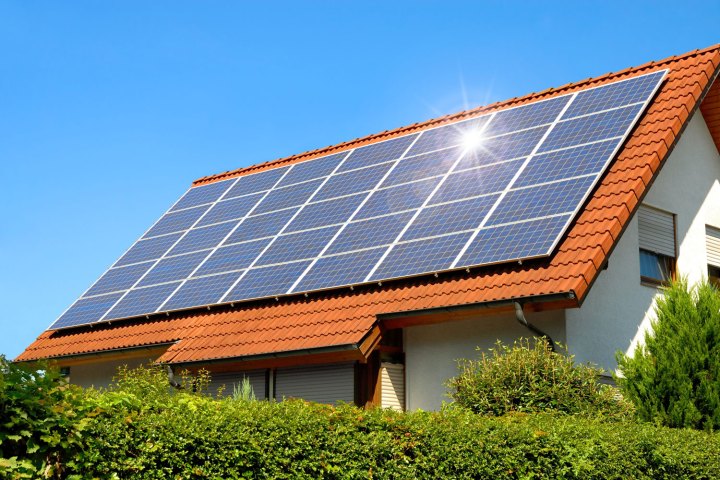
The legislation covers new buildings 10 stories tall or less, according to The Guardian. The city is taking a big step forward with an existing state law that all new buildings in California have at least 15% of their roof exposed to sunshine. Exposed roofs passively make room for solar panels, but the San Francisco ordinance makes the point more directly.
.
Another alternative may be living roofs. San Francisco Supervisor Scott Weiner, who introduced the proposal for mandatory solar panels, is also working on the bill. Living roofs would be insulating, serve as wildlife habitats, and help handle excess storm water. “This legislation will activate our roofs, which are an under-utilised urban resource, to make our city more sustainable and our air cleaner,” said Weiner.
While smaller California cities have enacted mandatory solar heating regulations, San Francisco is the first large city to do so. The units called for in the new law can be either solar photovoltaic (PV) cells that convert sunlight directly into electrical energy, or solar thermal panels.
“In a dense, urban environment, we need to be smart and efficient about how we maximise the use of our space to achieve goals such as promoting renewable energy and improving our environment,” said Weiner.
San Francisco, as a tech hub and the home location of many entrepreneurs and investors, is setting itself up as an urban demonstration project. Many of the green technologies developed in northern California may find a local market eager to reap the environmental benefits.
Editors' Recommendations
- ‘World’s largest sundial’ to double as green energy provider
- New nail-on solar shingles offer an affordable alternative to Tesla’s solar roof
- Tesla reaches settlement with Walmart to bring solar panel suit to an end
- InSight’s solar panels get a spring cleaning from Martian winds




